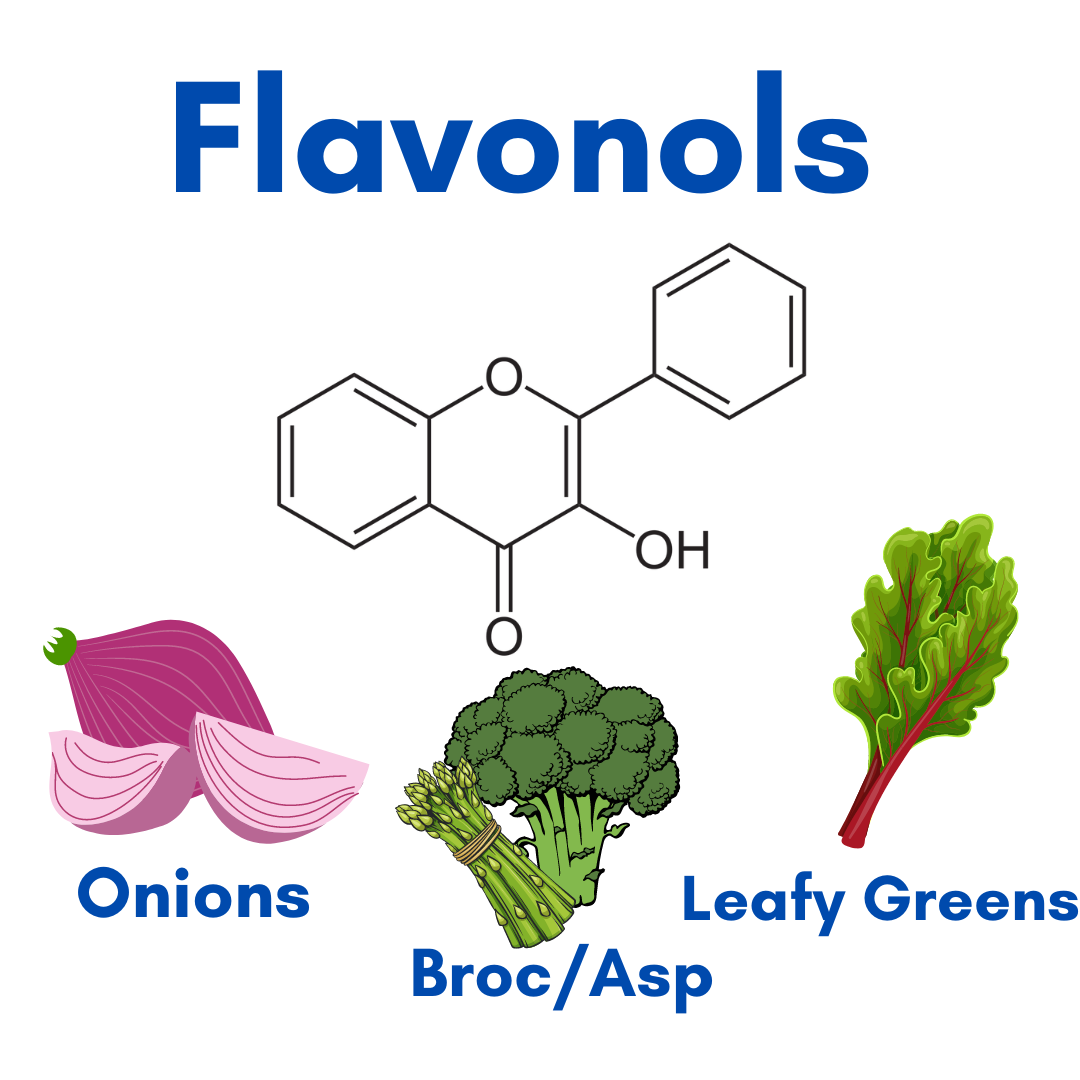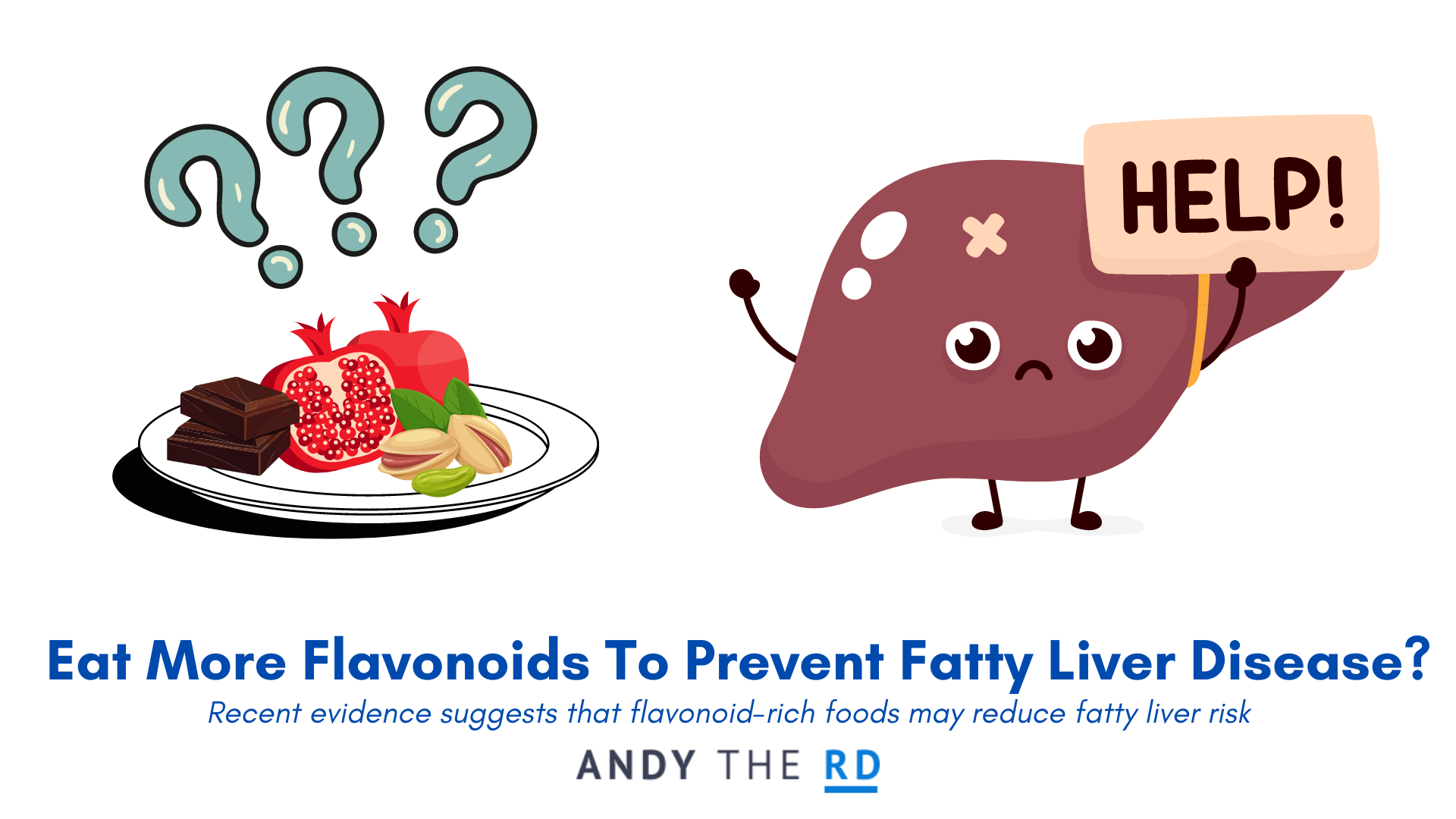The prevalence of non-alcoholic fatty liver disease [NAFLD] has been increasing in the last few decades.
Most recent estimates, as per the Lancet journal, suggest that 1 in 3 adults globally are currently living with NAFLD.
I’ve helped a great number of people optimize their diet and lifestyle to fight back against fatty liver, so if you need help in this area don’t hesitate to reach out about working with me.
Emphasizing a diet with ample flavonoid-rich foods is a big part of my approach.
Flavonoids have been associated not only with a reduced risk of fatty liver disease but also a reduced risk of its progression in those who already have it.
But wait, what the heck are flavonoids and why do they help with fatty liver disease?
Let’s find out!
Flavonoid-Rich Foods & Fatty Liver Disease
If you’ve been following my recent content you’ll know that flavonoids, a family of six distinct antioxidant compounds, have become a major point of scientific inquiry for me.
My interest in flavonoids stems from the fact that wherever I look in the literature, I simply cannot help but observe their intake being associated with positive health outcomes.
It’s also true that they found in very few foods, and thus easy to miss for those who aren’t aware of them.
Whether you are looking at mental health, longevity, insulin resistance, inflammation or otherwise – flavonoids keep popping up.
If you know fatty liver, you’ll be aware of the fact that insulin resistance and inflammation are major drivers of the disease – and thus I’m obligated to ask if these compounds have a unique role to play in maintaining liver health.
Fortunately, a 2019 paper out of The Journal Of Nutritional Biochemistry, had some answers for me.
Here’s What They Found
Please note that these are observational findings based on a sample size of nearly 18,000 adults from the United States.
Finding #1 – Individuals with the highest flavonoid intake ( top 25%) had the lowest liver enzymes and lowest scores on the Fatty Liver Index ( a diagnostic tool used to predict the presence of fatty liver).
Finding #2 – Individuals living with NAFLD tended to consume less flavonoids on average than individuals without it who were otherwise healthy.
Finding #3 – The protective effect of flavonoids was dose-dependent, meaning the more that were in the diet – the lower the risk of fatty liver.
My Thoughts On The Findings
Focusing on an increased intake of flavonoid-rich foods appears a high reward, low risk strategy to improve one’s health and to both prevent and fight back against fatty liver disease.
But wait, how does one get more flavonoids into their life?
Take a look at my flavonoid-finder below, while keeping in mind even more recent research suggests that the anthocyanin and isoflavone groups may be the most beneficial flavonoids for liver health.
I Can Help You Fight Back Against Fatty Liver
Looking to optimize your nutrition to fight back against fatty liver?
Want to reduce your liver enzyme levels, liver fat storage and liver fibrosis?
I can help, reach out today to learn more about my new fatty liver nutrition coaching program.
Andy De Santis RD MPH
Flavonoid-Finder

Flavones are also found in artichoke and green pepper.



 Apples, pecans and cocoa also contain flavanols
Apples, pecans and cocoa also contain flavanols
——————————————————————————————————–
Ready To Fight Back Against Fatty Liver
There are two ways we can work together.
One-on-One Private Coaching
Reach out via my contact page to get the process started.
This route is ideal for local clients who want to be able to submit claims to their private health insurance.
My Online Course & Community
This route is ideal for those eager to move at their own pace, be part of a vibrant online community and who enjoy educational video content.
Click through the graphic below for more details.
More Tips On Fatty Liver Prevention
Eating more Vitamin E & Magnesium is a very smart way to protect your liver.
Click through any infographic below to be taken to a full blog post by me on each topic.








